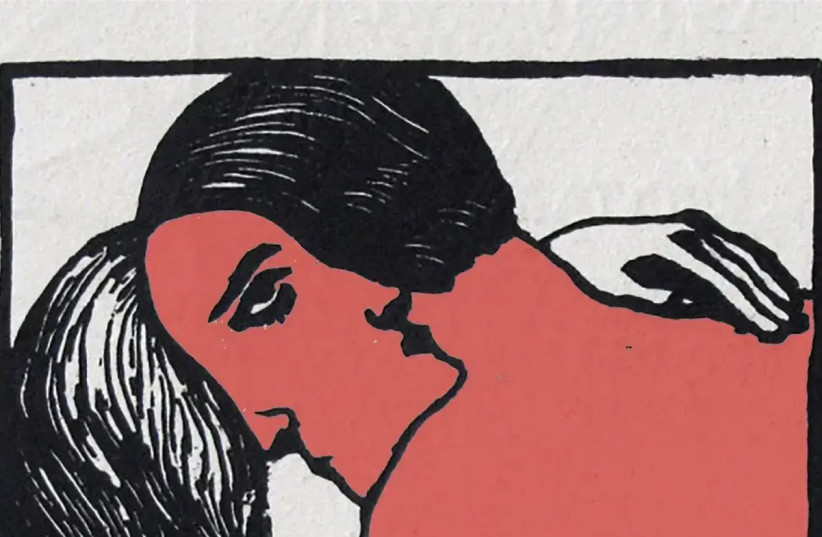Many optical illusions test our perception and reveal interesting insights about our psychology. Some have been extensively studied by psychologists who aim to understand human behavior in various contexts.
One particularly famous optical illusion falls into the category of psychological exploration, specifically examining romantic relationships and communication dynamics. Known as "Le Baise," which translates to "The Kiss" in French. This renowned artwork was created by Russian-Polish artist Sonia Lewitska in the early 20th century.
The painting depicts a man and a woman expressing love for each other.
What do you see when you look at this image?
For years, it has been believed that the first figure you notice can provide psychological clues about your love life and your level of honesty.
According to a claim made in the New York Post, if you initially see the man, it suggests that you have a man or men on your mind, indicating potential resentment or an aspiration for a male partner. The same interpretation applies if you immediately notice the woman – it signifies thoughts about women or a particular woman.
On the other hand, if you first notice the woman, it indicates that you are more open and transparent with your partner. You likely value open conversations about emotions, beliefs, and experiences, as these play a crucial role in maintaining a healthy relationship. It may also imply that you could feel frustrated if your partner does not exhibit similar openness.
Alternatively, if your attention is drawn to the man initially, it suggests a more conservative approach to communication. This may result in difficulties expressing emotions and a tendency to keep feelings hidden. Such individuals may prefer maintaining distance and solitude within the relationship.
Optical illusion
Understanding the subtle nuances revealed by this optical illusion can provide valuable insights into your preferred style of relating to a partner. Take a moment to reflect on what you see and consider how it aligns with your own experiences and relationship dynamics.

